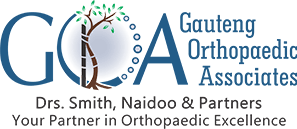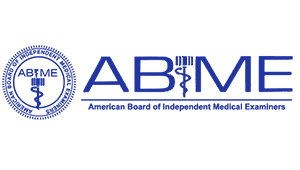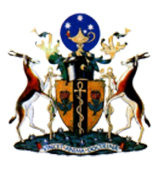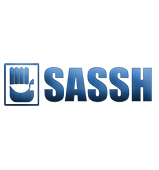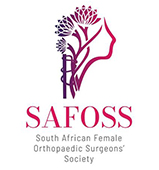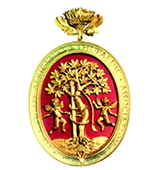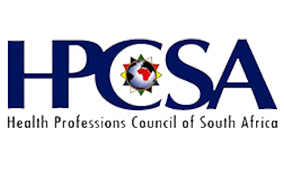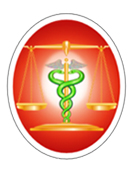What is Guided Growth for Leg/ Limb Deformity?
Anatomy of the Knee
The knee joint is one of the most complex joints in the body which enables movement while bearing the weight of the body. This joint is comprised of bones, muscles, tendons and ligaments. There are three bones present; the femur (thighbone), the tibia (shinbone) and the patella (kneecap) which glides over the front of the lower end of the femur.
In children, growth occurs near the ends of the long bones at specific areas called growth plates and mostly occurs at the growth plates near the knees. This is where the guided growth or tension band plate is applied.
Indications for Guided Growth Surgery for Leg/Limb Deformity
Guided growth surgery is used to treat bone and joint deformities causing abnormal angulation of the bone associated with various conditions such as:
- Congenital and developmental disorders
- Bone infection
- Bone injuries
- Rickets
- Bone dysplasia
- Cerebral palsy
- Blount’s disease
- Arthrogryposis
Pre-operative Preparation for Guided Growth for Leg/Limb Deformity
To prepare for guided growth surgery:
- Your child’s doctor will perform a physical examination including knee function and gait and certain tests to examine the condition. Imaging studies are also obtained.
- You will be instructed to not drink or eat for a few hours before coming for the procedure.
- Do not stop taking any regular medications unless instructed by your doctor.
Procedure of Guided Growth for Leg/ Limb Deformity
The steps involved in the surgery include:
- General anaesthesia is administered so you will be asleep during the surgery.
- Your doctor will make a 2 cm small incision on the skin over the growth plate area.
- The tension band plate (guided growth plate) is inserted through the incision and is placed across the bone growth plate and fixed with titanium bone screws.
- Your doctor will then stitch the tissues and incision closed.
- The guided growth plate halts the growth on one side of the bone while permitting growth on the other side to help correct the deformity.
Post-operative care and Recovery for Guided Growth for Leg/ Limb Deformity
Following the procedure:
- You will be able to return to your normal routine within 2 to 3 weeks.
- Your doctor will encourage weight-bearing immediately after the surgery.
- You will be provided with pain relief medications to keep you comfortable.
- Your doctor will recommend physical therapy to prevent rigidity and reduce swelling.
- You will have regular follow up visits to check your progress.
- Once the deformity is corrected, the screws and plate will be removed through another surgery.
Risks and Complications of Guided Growth for Leg or Limb Deformity
As with any surgery, risks and complications can occur. Risks and complications for guided growth surgery include:
- Inadequate correction of the deformity as bone growth stops
- Premature arrest of growth at the growth plates
- Deformity may partly return after the removal of the plates and screws
- Bleeding
- Nerve injury
- Hardware failure
- Hardware migration
- Bone infection
